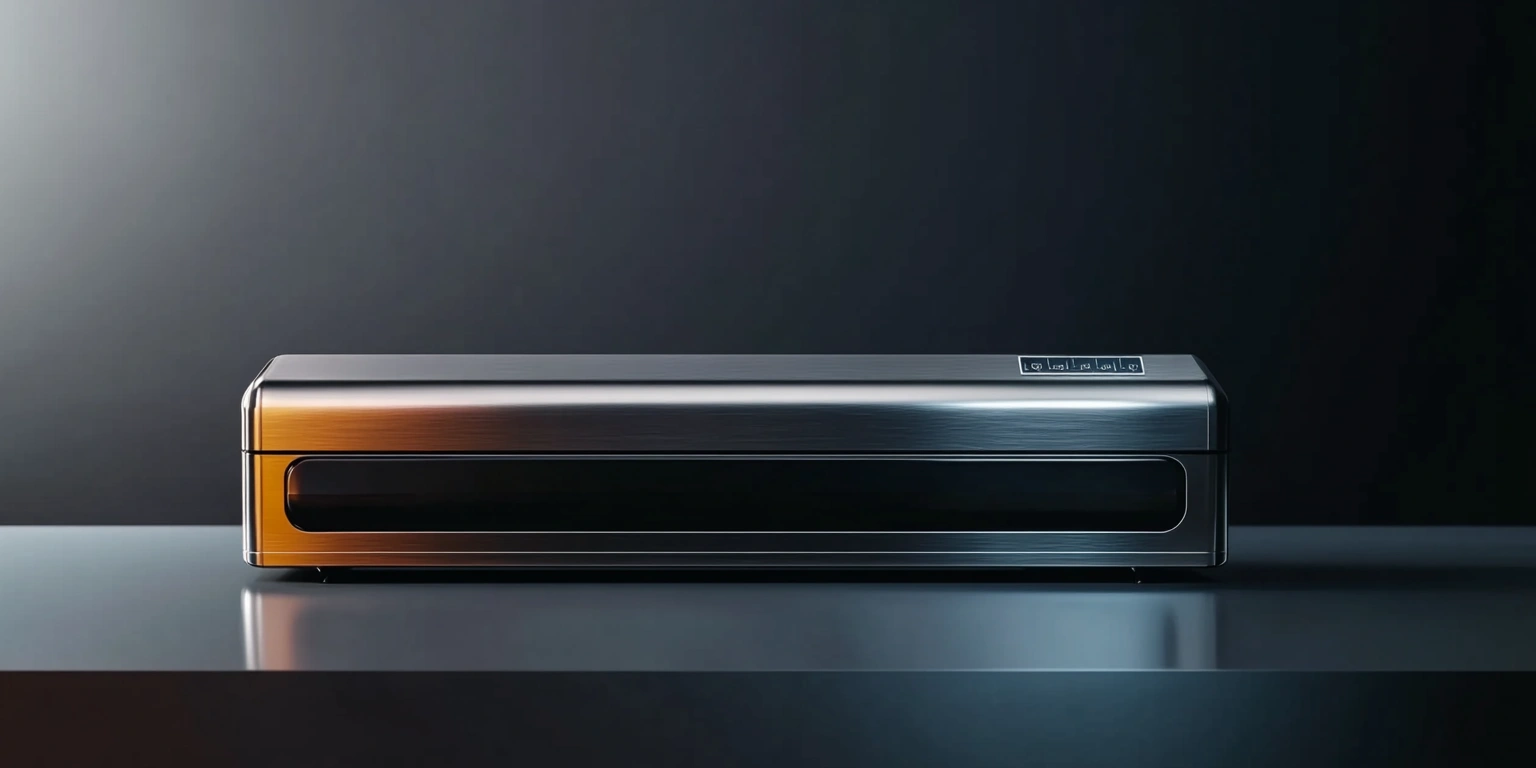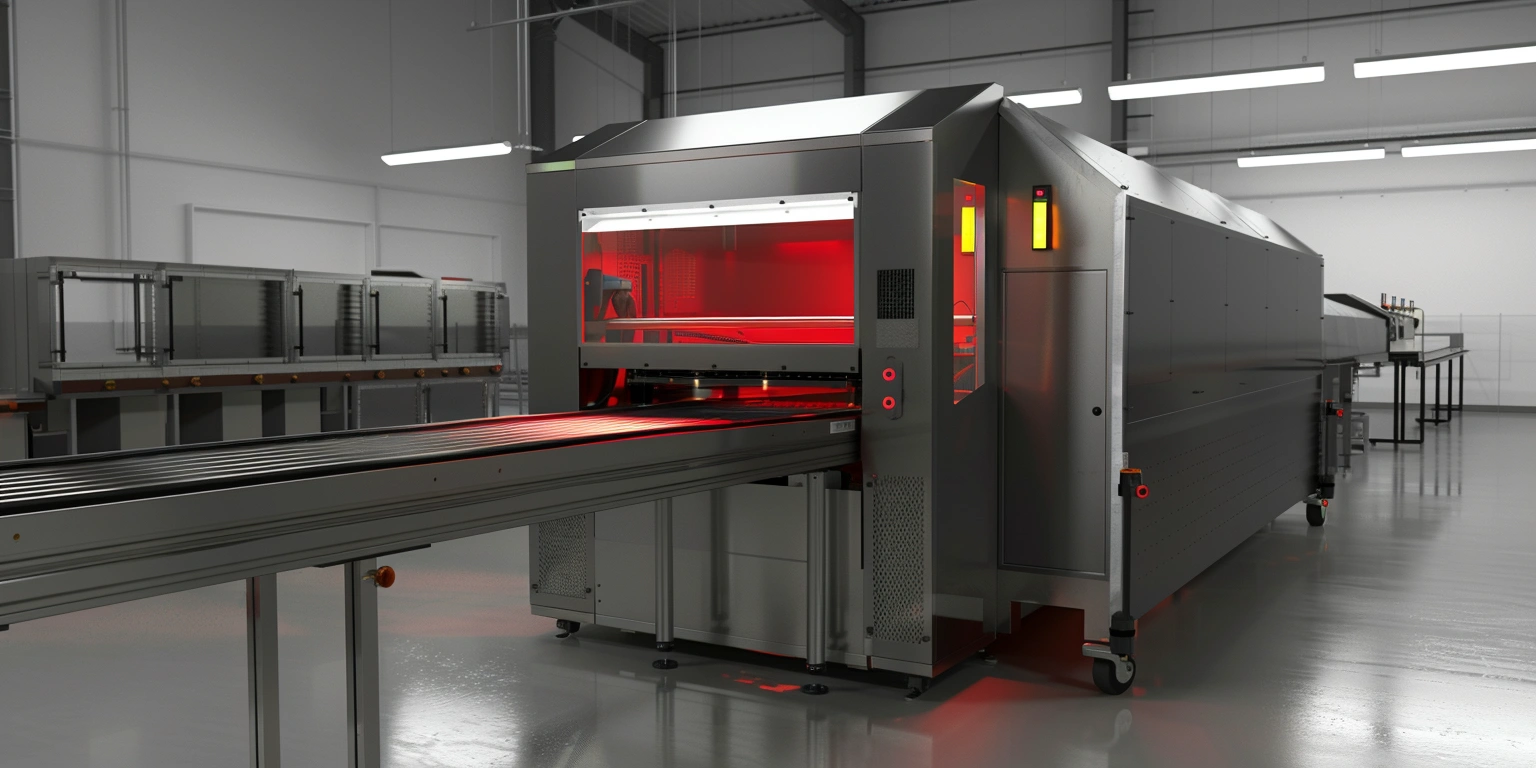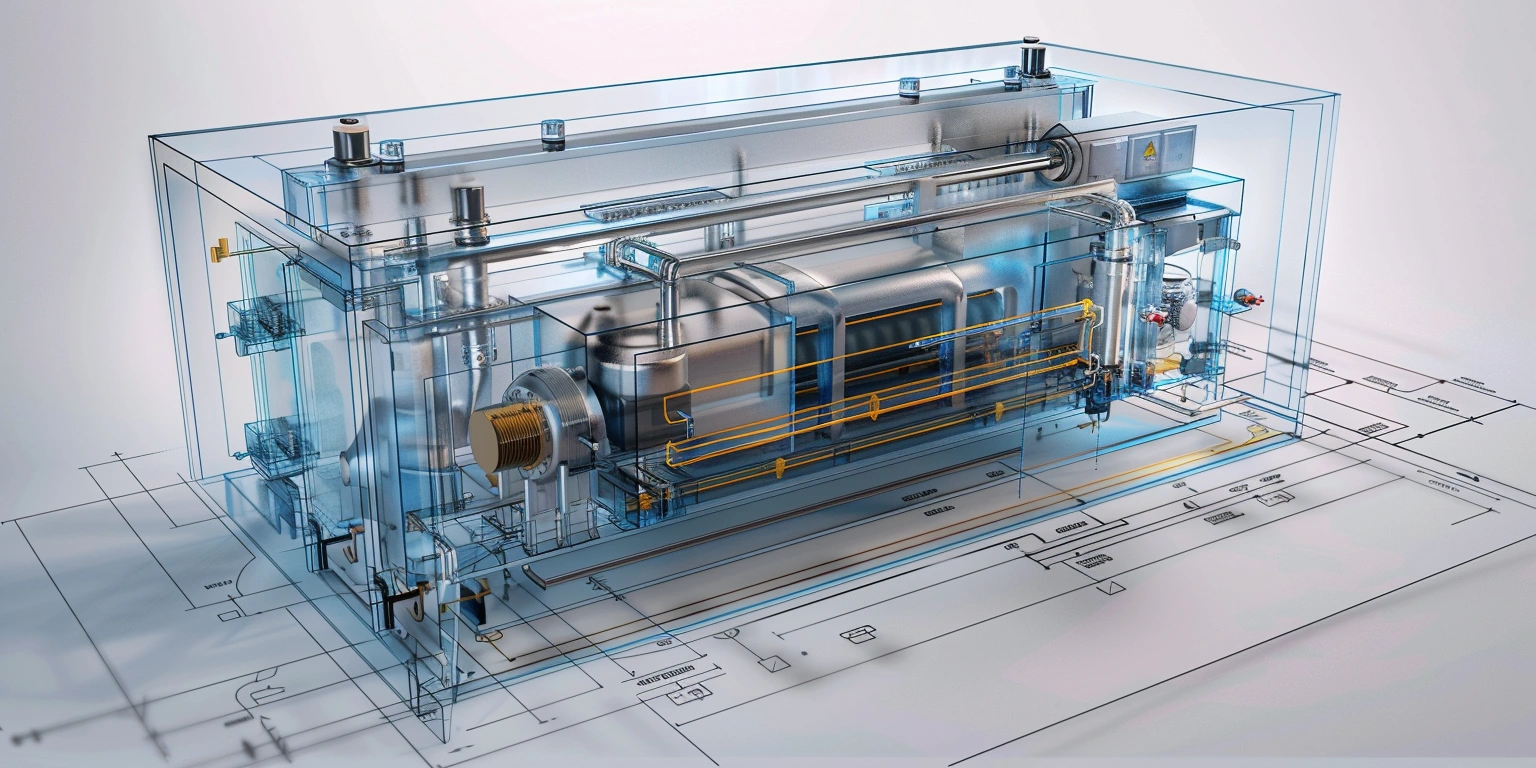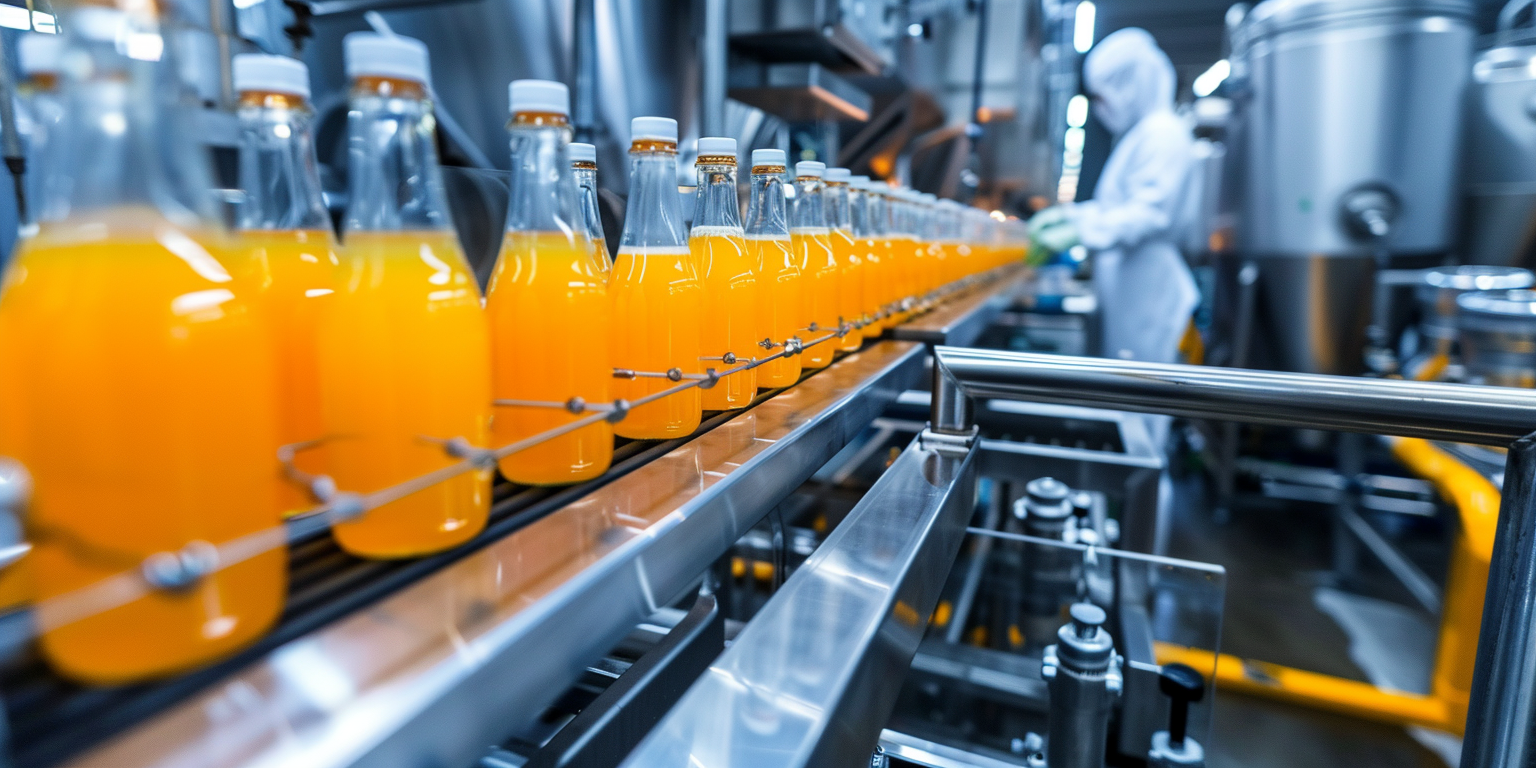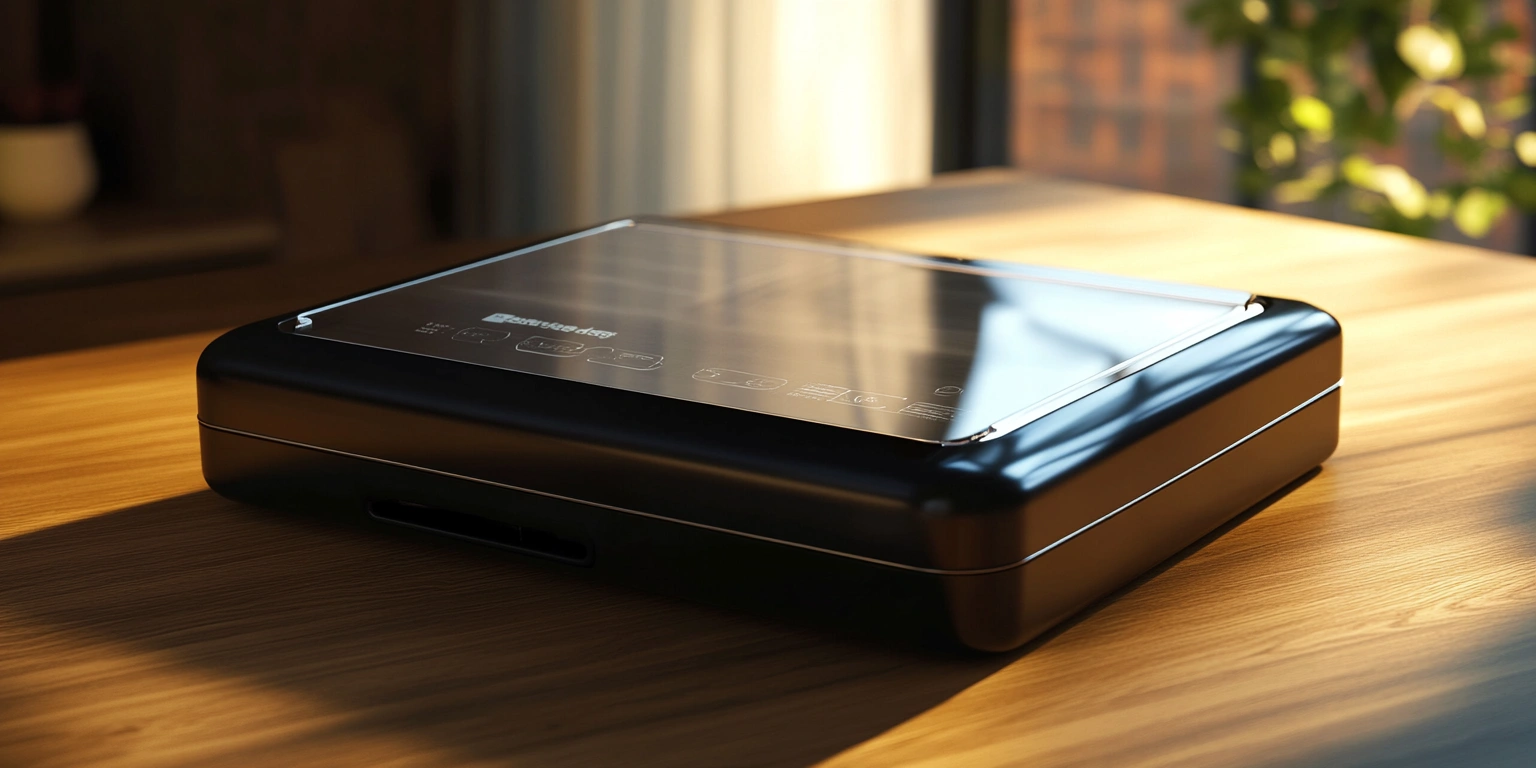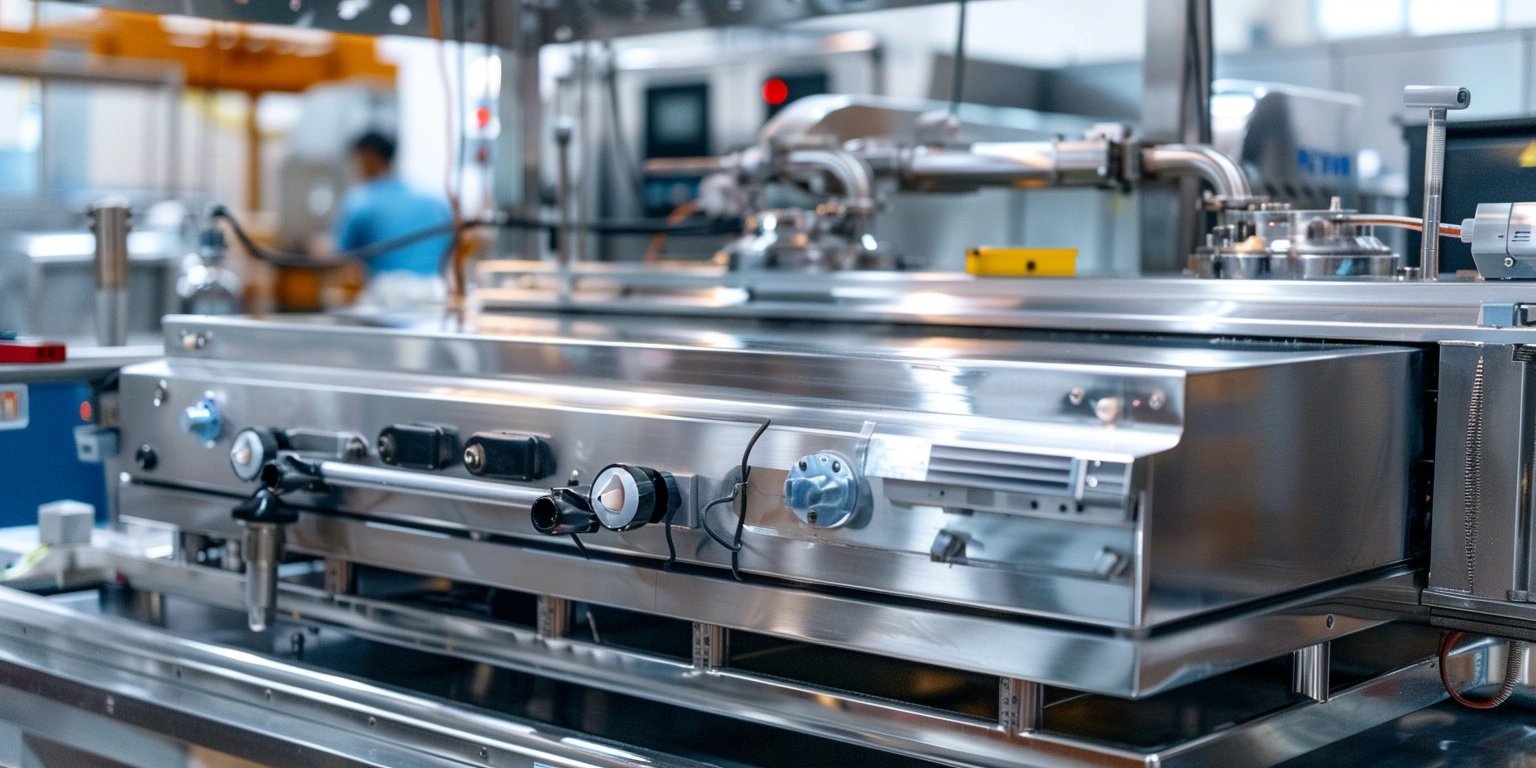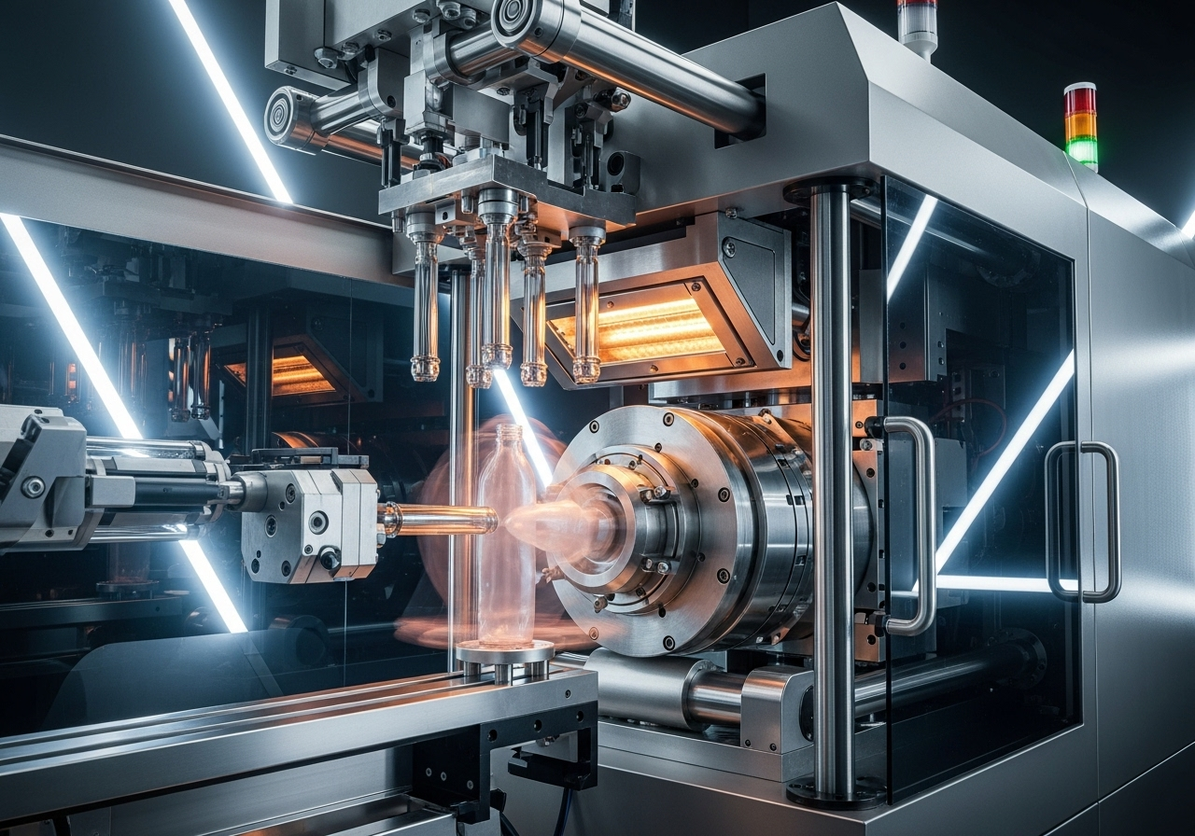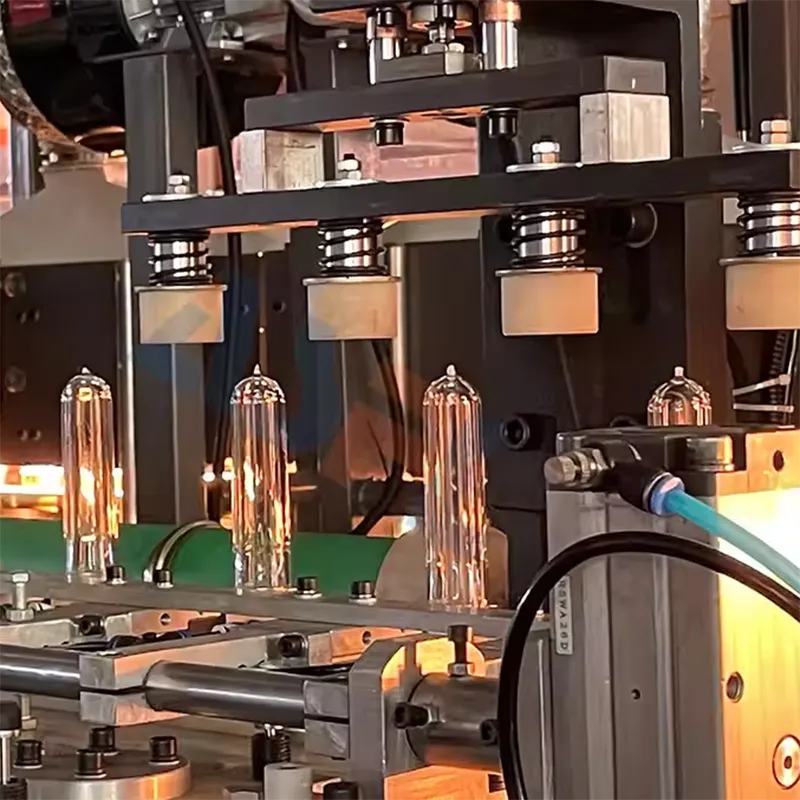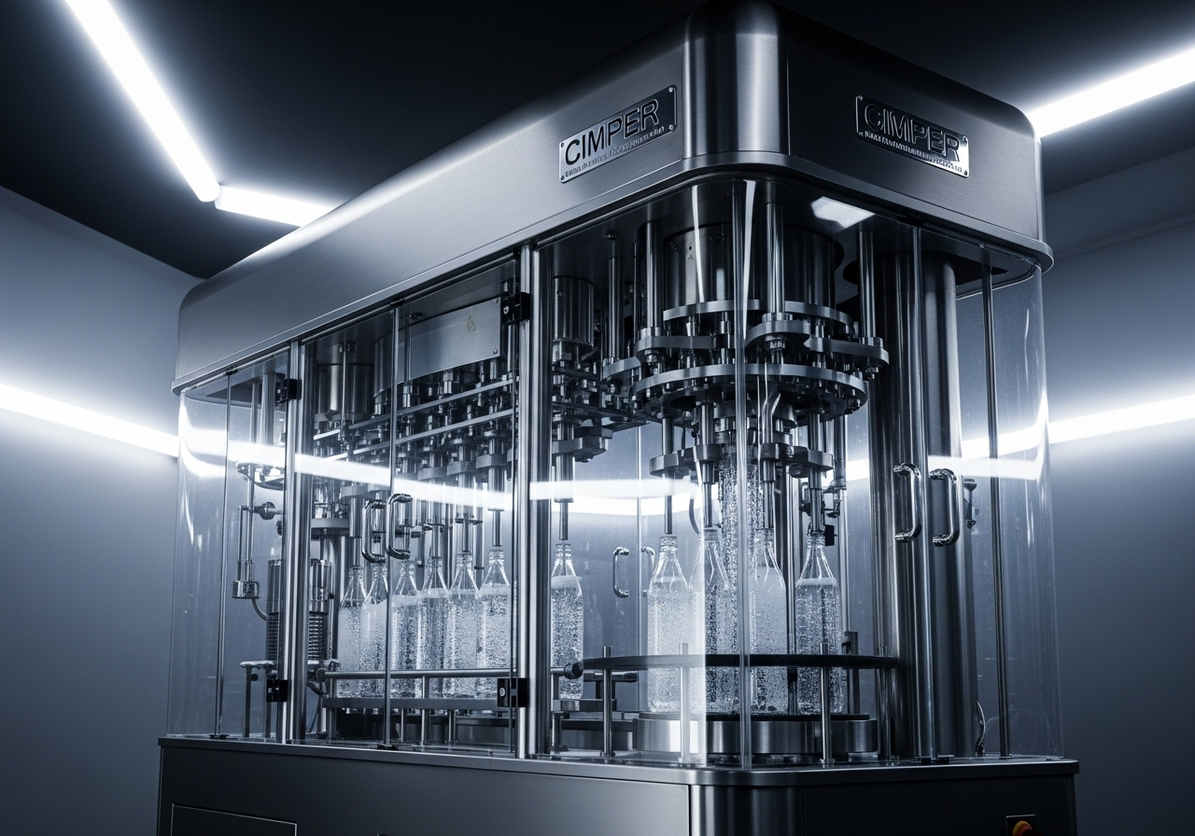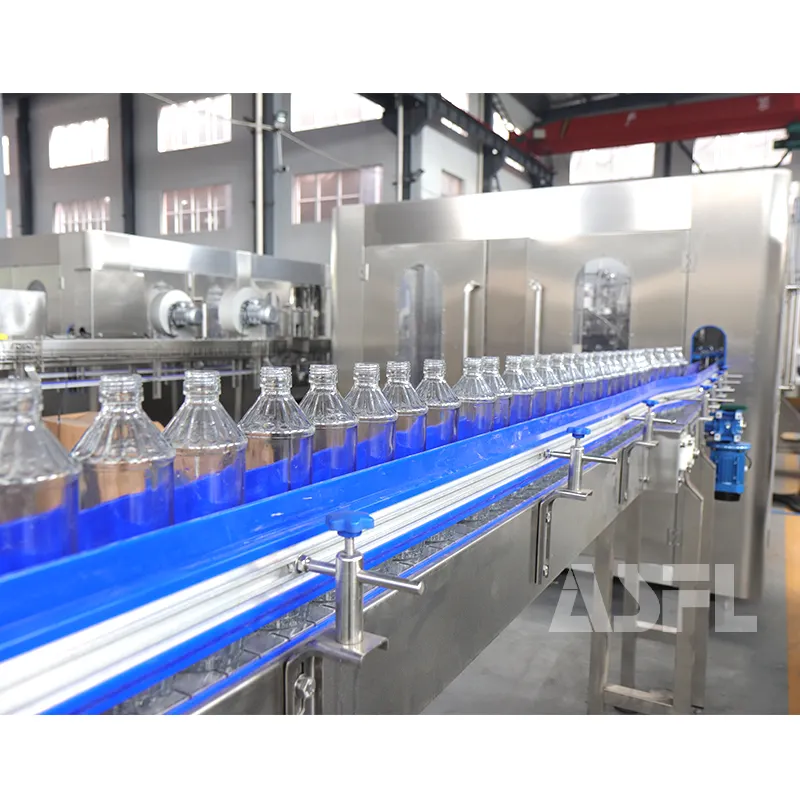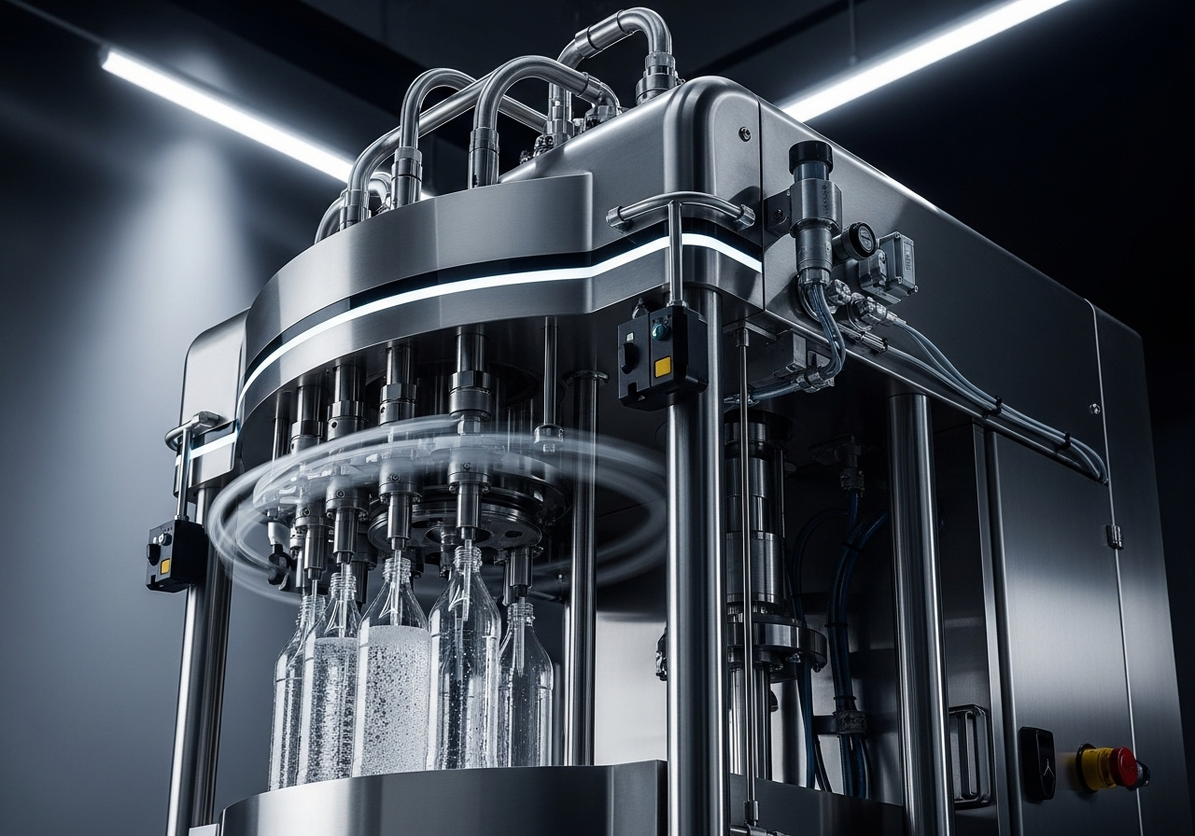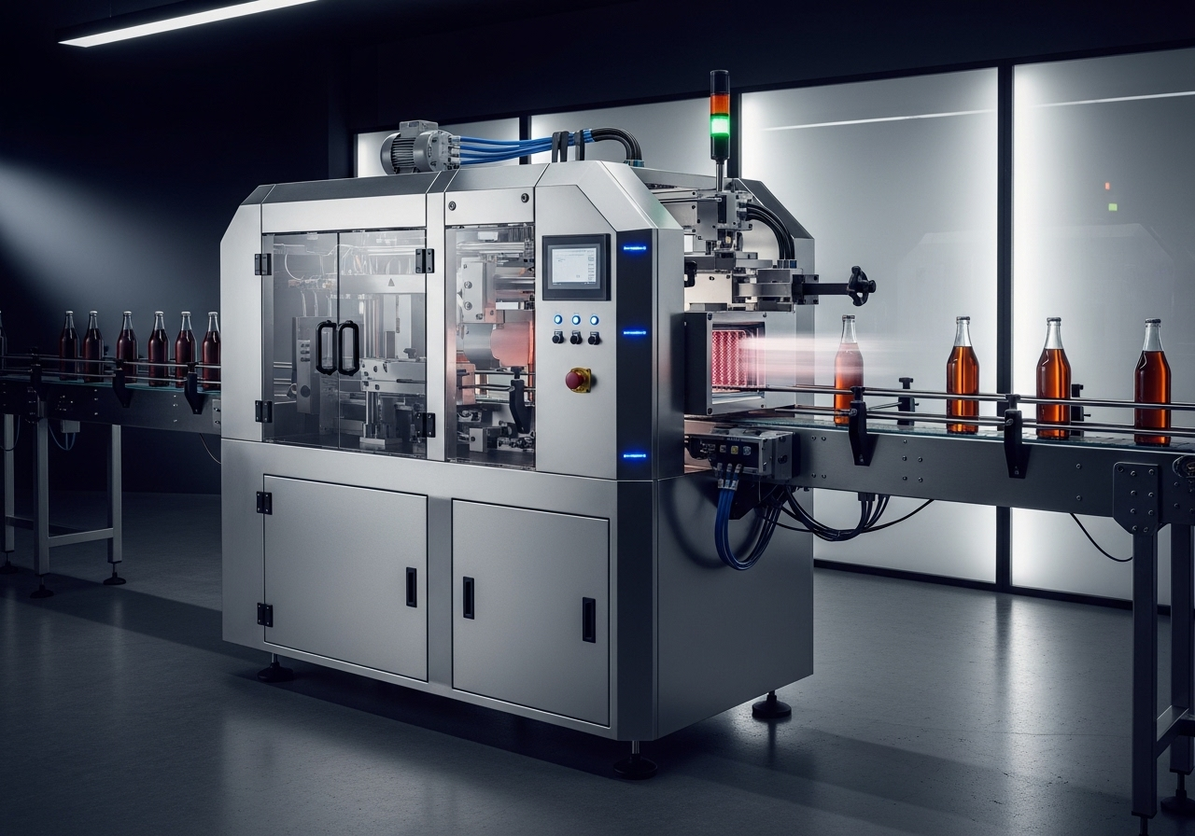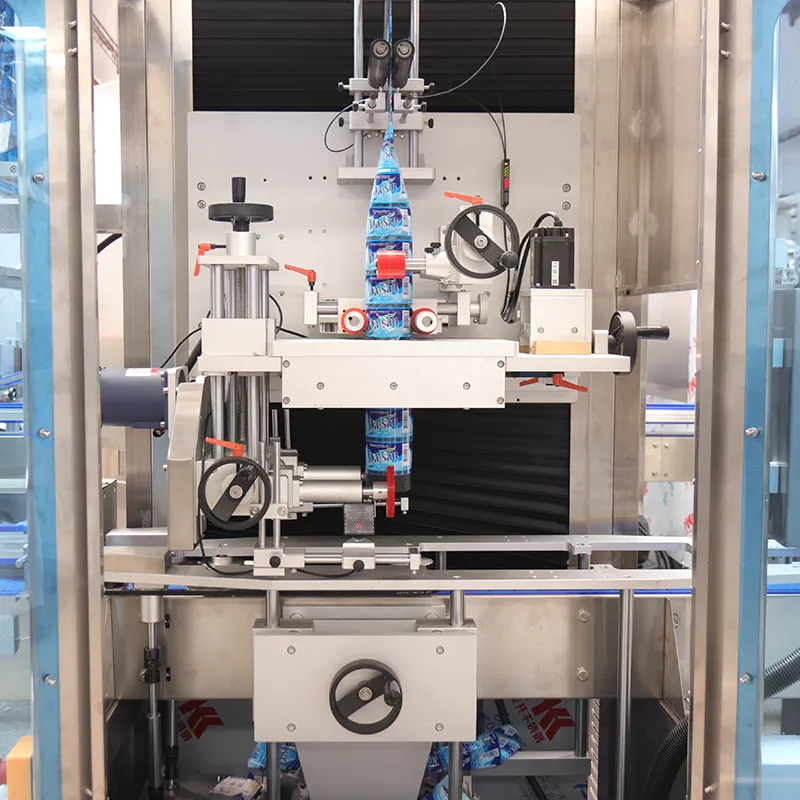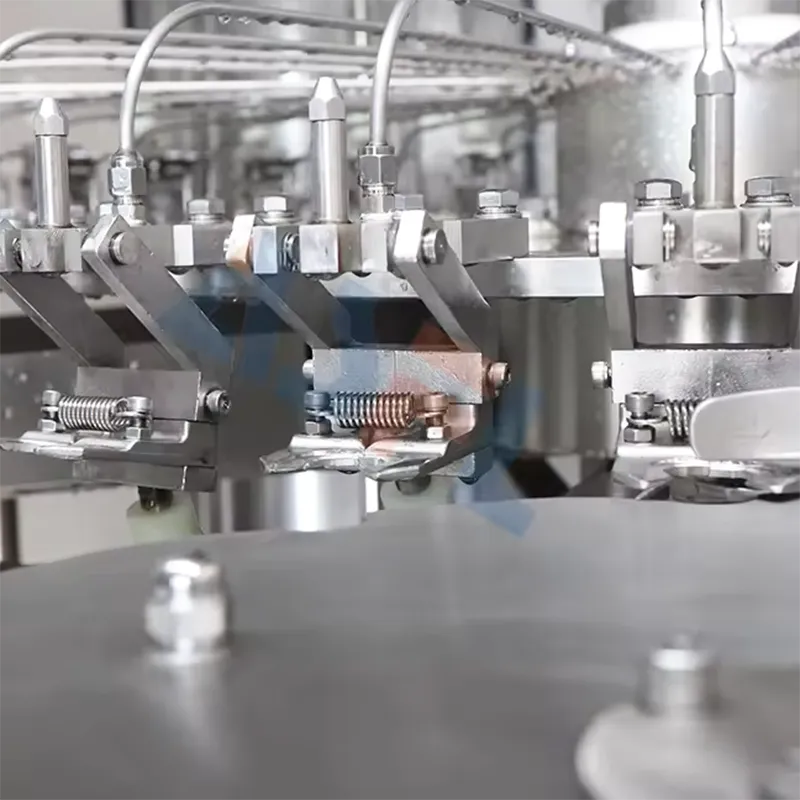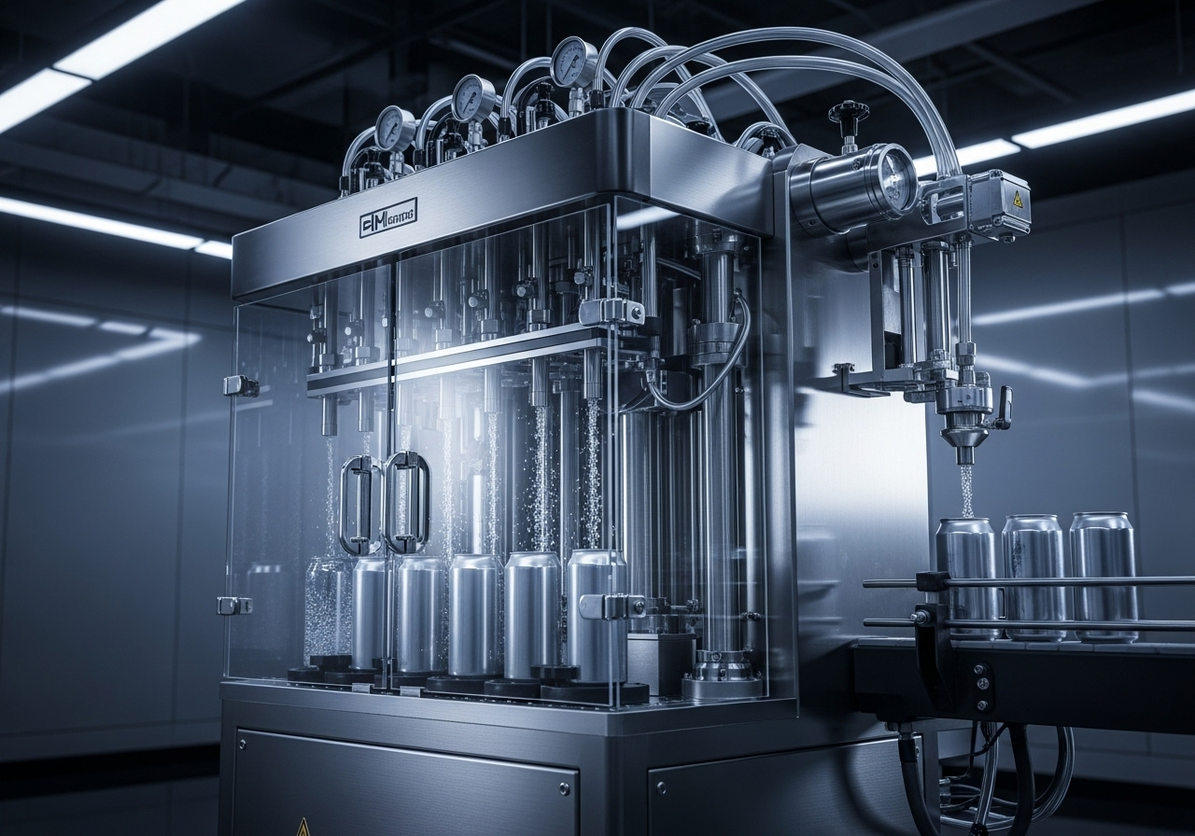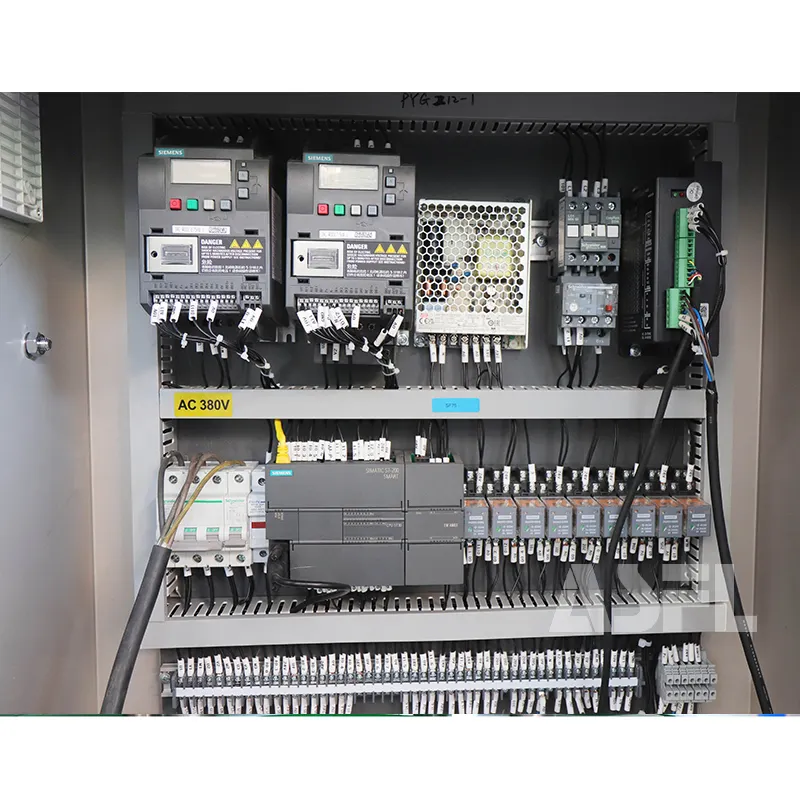I’ve spent the last few years walking lines from small co-packers to big food plants. When operators asked why their sealers keep leaking on night shift, the answer was rarely what the spec sheet suggested. As a maintenance tech working alongside ASFL projects, I’ve seen patterns that repeat—gasket fatigue, wet product, and seals that look fine until the pallet test.
Here’s the thing: the gear is usually capable. The misses live in setup discipline, consumables, and the small habits people adopt when the schedule gets tight. A chamber unit run with tired pump oil or the wrong bag gauge will create rework, no matter the brand logo.
If you’re wondering how to make your vacuum sealing dependable in 2025—whether you’re running a counter-top unit or a mid-range chamber sealer—this field guide is the compact playbook I wish we had taped to every machine.
Where Does the Real Bottleneck Hide?
Most teams point at the machine when leaks show up. In my logs, the root issues split roughly three ways: bag-spec mismatch, moisture, and sealing temperature drift. Bag thickness matters more than folks admit—bone-in meats do better in 60–80 micron bags; soft goods can go lighter at 40–50 microns. Run a thin bag on sharp product and you’ll chase pinholes all shift. Moisture is the quiet saboteur: if product isn’t surface-dry for 10–15 minutes, boil-over during vacuum can wick liquid into the seal, creating tiny channels you only find during a 24-hour hold.
Seal geometry is another hidden culprit. A 2.5–3.0 mm seal width is usually safer than a skinny ribbon. But width alone isn’t enough if dwell time swings. I see rework spike when dwell drops below 1.8–2.0 seconds on standard PE; multilayer films often need 2.5–3.0 seconds. If you run an external suction unit like a foodsaver vacuum sealer fm5200, remember it pulls around the mouth and is more sensitive to bag alignment; a chamber sealer is more forgiving on geometry but needs tighter vacuum targets.
Check leak rate trends. If early shift shows 1–2% leaks and nights climb to 4–6%, that’s usually a gasket or pump oil story. Worn lid gaskets lose uniform compression; pump oil past 300–500 hours loses vacuum stability. You won’t always see it on a single cycle, but you will across 5–7 consecutive cycles as vacuum plateau spreads by 5–10 mbar. That spread translates directly to inconsistent seals and later carton surprises.
What Worked (and What Didn't)
We tried the cheap fix first: bargain bags. On paper they matched gauge; in reality, variability across lots led to mixed results. Quarterly audits showed leak rates jumping from 2–3% to 6–8% on bone-in runs. Not worth the noise. Skipping the vacuum cool-down period also looked like a time saver; it gave us 10–15 seconds per cycle, and then handed us 20–30% more rework when seals opened during transit. Lesson learned.
What held up under pressure? A double-seal configuration—two 2.5–3.0 mm bands with a 3–5 mm gap—reduced edge failures, particularly for heavy marinades. Regular pump oil changes (300–500 hours) kept vacuum levels steady within the 5–15 mbar range on chamber units. On mid-volume lines, a chamber model like the avid armor ultra series usv32 chamber vacuum sealer delivered more consistent cycles (think 6–8 cycles/minute) once the team standardized dwell and inspected gaskets weekly. For environments where operators ask about "how to use vacuum sealer machine" in mixed shifts, a laminated one-page setup checklist did more for reliability than any software tweak.
Here’s where it gets interesting: film choice has to match seal bar capability. A machine tuned for standard PE will struggle with thicker multilayer barrier films unless you adjust temp and dwell, and maybe add a cooling hold at 1–2 seconds. The trade-off is cycle time vs. seal integrity. Pick your battles. I’d rather accept a slightly slower pace and keep the pallets clean.
Week One: What Actually Happened
Day 1–2: We cleaned chambers, replaced lid gaskets, and swapped pump oil. Vacuum plateau tightened from a 20–25 mbar spread to 8–12 mbar across 5 cycles. Operators staged product to air-dry 10–15 minutes before sealing. Small win: fewer boil-over traces on seals.
Day 3–4: We standardized bag selection by product class. Sharp edges got 70–80 micron; soft goods stayed near 50 microns. Seal bars moved to double band, 2.8 mm each, dwell at 2.5 seconds for multilayer. Throughput landed around 5–7 cycles/minute, depending on load weight. We introduced a quick leak test—sample 5 packs every hour and hold for 24 hours. Early leaks dropped from 4–6% to 2–3% on mixed runs. Not perfect, but steadier.
Q: I keep seeing searches like "ASFL vacuum sealerealer jar" and "anova culinary ASFL vacuum sealerealer"—does jar sealing change the setup?
A: Yes. Jar attachments draw vacuum differently. Expect longer draw times and set a modest vacuum level (think 30–50 kPa gauge on external systems) to avoid liquid pull-through. If you’re mixing jar work with bag sealing, annotate the recipe set, or you’ll chase odd leak patterns for days.
The Critical Parameters
Vacuum level: Chamber units run best with final vacuum between 5–15 mbar for most foods. Go lower for dry products; stay conservative for wet loads to avoid boil-over. External suction machines target vacuum by gauge pressure—30–50 kPa is typical. Don’t chase absolute perfection; chase repeatability across 5–7 cycles.
Seal temperature and dwell: Standard PE films behave near moderate seal temps and 1.8–2.2 seconds dwell. Multilayer barrier films often need a hotter bar and 2.5–3.0 seconds, plus 1–2 seconds cooling hold before release. Seal width at 2.5–3.0 mm gives a workable margin; double sealing adds insurance for heavy items. Measure, don’t guess—watch the seal band for uniform gloss and no trapped bubbles.
Consumables and maintenance windows: Bag gauge must match product profile (40–50 microns for soft, 60–80 microns for sharp). Gasket inspection weekly, replacement when compression marks deepen or you see uneven lid contact. Pump oil at 300–500 hours keeps vacuum draw consistent; after that, cycle stability drifts and you’ll see leak rates rise by a few points. If your operators bounce between counter-top units and chambers, train the differences—an external unit like a foodsaver vacuum sealer fm5200 is alignment-sensitive; chambers need cleaner chambers and tighter gasket care.

